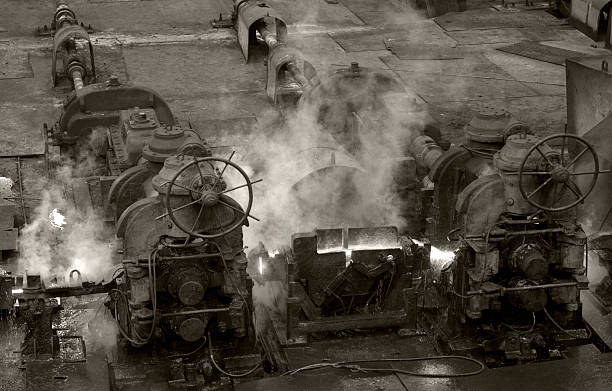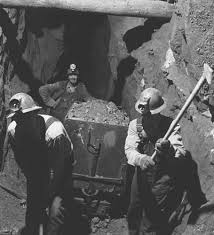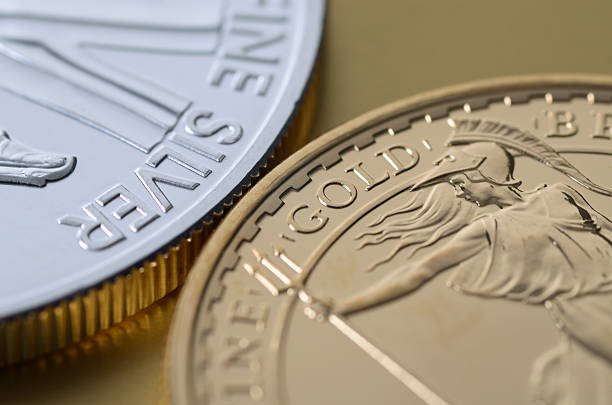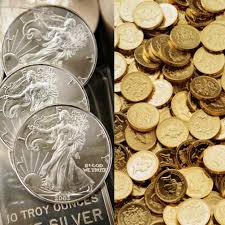Increased silver mining in the Americas and its effects on prices

Increased silver mining during the Industrial Revolution dramatically reshaped global markets, driving prices down and altering the role of silver in the world economy. With new technologies such as steam-powered drills, dynamite, and cyanide processing, silver production surged, particularly in…





